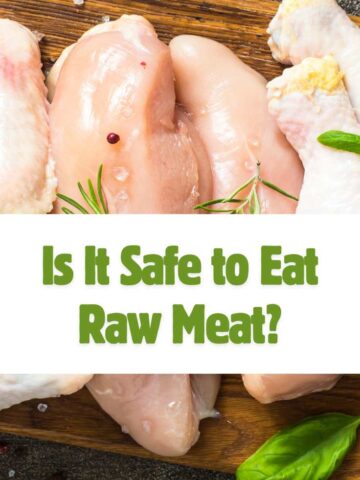In dairy products such as milk and cheese, lactose is the primary sugar source. Early in life, the body develops the ability to break down and digest lactose from breastfeeding via the action of an enzyme known as lactase. Some individuals, on the other hand, lose their capacity to digest lactose with time.
Lactose intolerance affects over 75% of the world's population, according to estimates. Some people may tolerate low-lactose diets, whilst others get stomach issues after consuming any quantity of dairy products. Diarrhea, stomach discomfort, and other symptoms are possible outcomes of these symptoms.

Why You Should Avoid Lactose in Your Diet
For people who do not have a lactose intolerance, dairy products provide a very healthy source of protein, calcium, and other vitamins such as vitamin A and D. Including dairy in your diet may help you maintain good bone health while also lowering your chance of becoming obese.
Those suffering from lactose intolerance, whether moderate or severe, may consider adopting a low-lactose or lactose-free diet in order to alleviate their symptoms.
When lactase synthesis decreases, it makes it harder for the lactose to be adequately digested. Digestion of lactose is a problem that affects various populations in different ways.
Europeans are estimated to be 5-17 percent affected, Americans are 44 percent affected, and Africans and Asians are 60-80 percent affected, according to studies.
Dairy products may cause significant digestive difficulties in those who are lactose intolerant, including the following:
- Nausea and bloating
- Cramps in the abdomen Vomiting
- Constipation as a result of gastric reflux
The intensity of the symptoms is determined by the degree of lactose intolerance present, as well as the amount of dairy ingested before the attack.
Even for people who do not have a sensitivity to dairy, reducing their intake of lactose may provide some health advantages. When you consume lactose, you might experience inflammation, which can lead to additional problems such as acne and weight gain.
Moreover, it has been shown to increase the likelihood of developing inflammatory bowel disease, type 2 diabetes, and cardiovascular disease.
Foods Containing Lactose
Lactose may be found in almost all dairy products, however some contain much more than others. The following foods have the greatest concentrations of lactose in them. Keep in mind, however, that other goods may include these foods as components as well, and so should be avoided if you are lactose intolerant or allergic.
Jump to:
1. Milk
Milk includes the highest concentration of lactose of all dairy products. Whole milk has around 13 grams of lactose per 1-cup serving, however skim milk might have between 12 and 13 grams of lactose per 1-cup consumption. Milk is also found in a variety of other meals, including margarine, shortening, baked goods, salad dressing, creamers, and other dairy products.
2. Cheddar cheese
In addition, cheese includes a significant quantity of lactose. Due to the fact that the majority of the lactose is removed during the manufacturing process, hard cheeses such as parmesan, Swiss, and cheddar may be simpler to digest than soft cheeses.

3. Cream
Due to the high quantities of lactose found in cream-based products such as ice cream, cream cheese, custard, and butter, they should be avoided at all costs.
4. Yogurt
As an alternative to some types of cheeses, some persons with lactose sensitivity may be able to consume yogurt in moderation since the lactose has been partially broken down.
5. Milk Chocolate
Despite the fact that milk chocolate has less lactose than milk or cream, it nevertheless includes a significant quantity of dairy. Always read the label before eating and consume in moderation.

Alternatives to Lactose-Free Products
Lactose intolerance may make it difficult to consume dairy products. Lactase enzyme pills, on the other hand, are available to assist in the breakdown of lactose, enabling consumers to consume greater quantities of dairy products.
In addition to these over-the-counter enzyme pills, you may also try a low-lactose or entirely lactose-free diet to see if it helps you feel better. Here are a few choices that may be more digestible for certain people:
Foods that are low in lactose
The foods and beverages listed below are considered low lactose, which implies that they still contain lactose, but in lesser proportions than the items listed before. Because various people's bodies may respond differently to certain meals, it's crucial to consume them in moderation until you know how your body will react to these foods.
- Dark chocolate
- Aged cheese
- Cottage cheese
- Probiotic yogurt
Foods that are lactose-free
Using these lactose-free substitutes, you may enjoy traditional dairy products — such as milk, cheese, and ice cream — without experiencing any of the negative side effects.
- Lactose - free milk
- Alternatives to cow's milk (soy, almond, oat)
- Sherbet ice cream
- Non-dairy creamers
- Margarine




